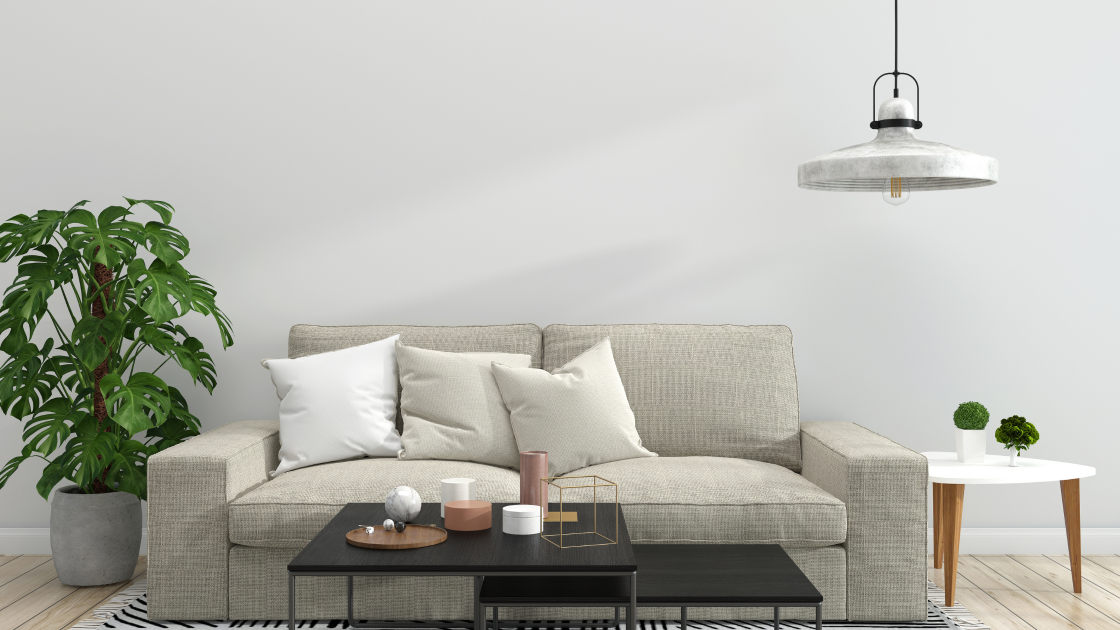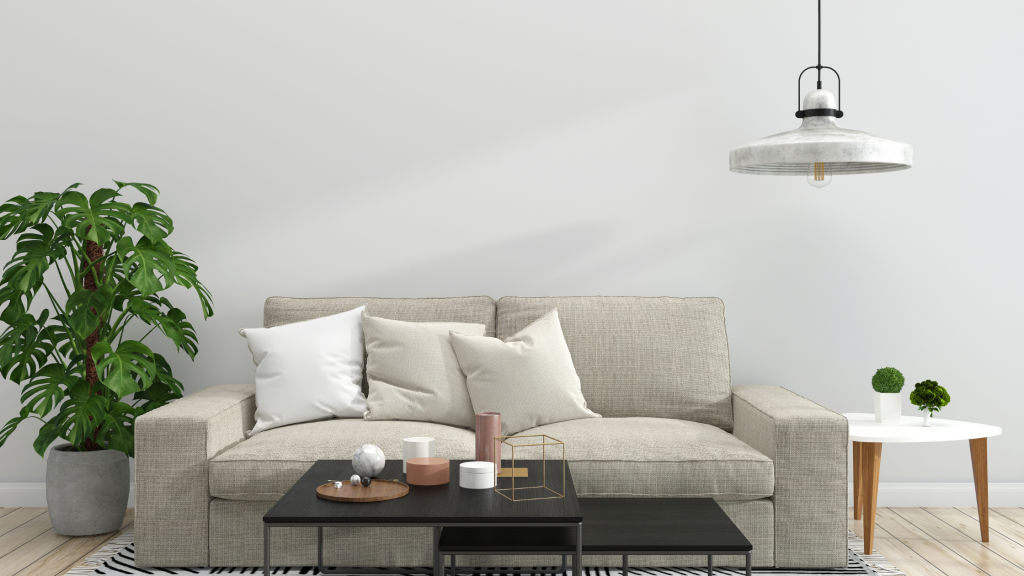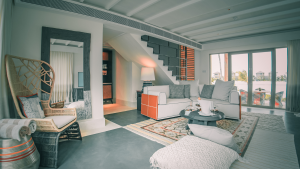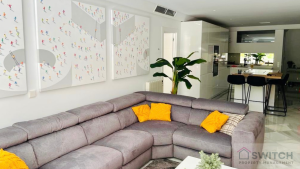What is Serviced Accommodation?
Tell me more about the tax advantages:

1. Deductible Expenses:
Capital allowances provide tax deductions for assets used at your property. Unlike with a regular long-term rental / AST, capital allowances can be claimed on items when rented out as serviced accommodation.
You can claim capital allowances on equipment purchased for your property, furniture, furnishings and household fixtures. You can also claim for any work you have done to the property, e.g. full rewire, or a new roof.
Some examples of what you can claim as capital allowances are:
- Furniture
- Furnishings (eg. bed linen, cushions, curtains etc.)
- White electrical goods (eg. washing machine, fridge, dishwasher etc.)
- Electrical appliances (eg. coffee machine, TV, kettle)
- Electrical wires
- Kitchen units
- Water pipes and plumbing
- Carpets
- Repair and replacement required in property (windows, roofs etc.)
2. Pension contributions:
The income you generate from your property is classed as ‘net relevant earnings’, which means you can make tax-advantaged pension contributions.
3. Capital Gains Tax (CGT):
When the day comes and you wish to sell your property, you will be able to claim Capital Gains Tax relief, which is not possible with regular long-term rental properties / AST’s.
4. Council tax:
Property owners who make their property available to rent as holiday lets for 140 days of the year or more, and actually let for 70 days in that year, can declare themselves as a small business and as such can elect to pay business rates instead of council tax. The business does not have to be a limited company, and also applies as a sole trader or partnership.
As small business’ they can then claim for Business Rate Relief on up to 100%, depending on the rateable value of the property.
5. Split the profits:
6. Allowable Expenses:
As your property is treated similar to a business, you can offset commercial expenses against your revenue.
Some examples include:
- Utility bills
- Refuse collection
- Interest on loans associated with the property
- Advertising or letting agency fees
- Products bought for the property (e.g. cleaning products etc)
- Maintenance and cleaning costs
- Relevant insurance (e.g. public liability, buildings and contents insurance)
- Travel and subsistence (e.g travelling to and from the property)
Wow, this sounds great. How do I qualify?
There are certain criteria which must be met in order to qualify for these incredible tax benefits!
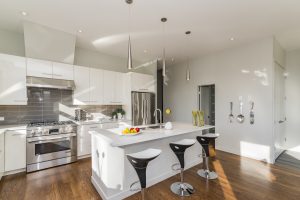
1. Furnished:
There are no exact rules on how furnished your property must be, however to qualify you must provide furnished accommodation. We can help with all your property’s furnishings and as standard we provide an information booklet with the ‘must haves’ and the ‘optionals’.
2. Be available to let:
Your property must be available to let for at least 210 days of the year, this does not include any days when you are staying at the property. It must also be let commercially to the public for at least 105 days in year. You must also not count any booking which is longer than 31 days by the same person / people, with a maximum of 155 days of longer bookings.
These figures can be averaged out across multiple properties.
3. Intent to make a profit:
4. Speak to your accountant:
We always advise speaking to your accountant about any tax benefits available, including those listed in this blog.
NB: This blog is meant for information purposes only. We strongly advise you speak to your accountant, or relevant professional, for up to date advice before you make any decisions or proceed.

